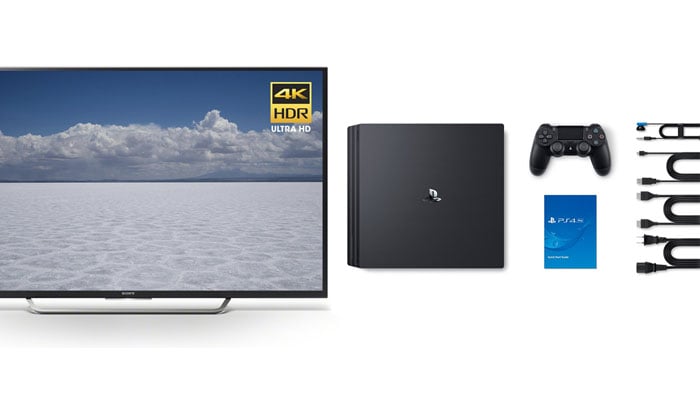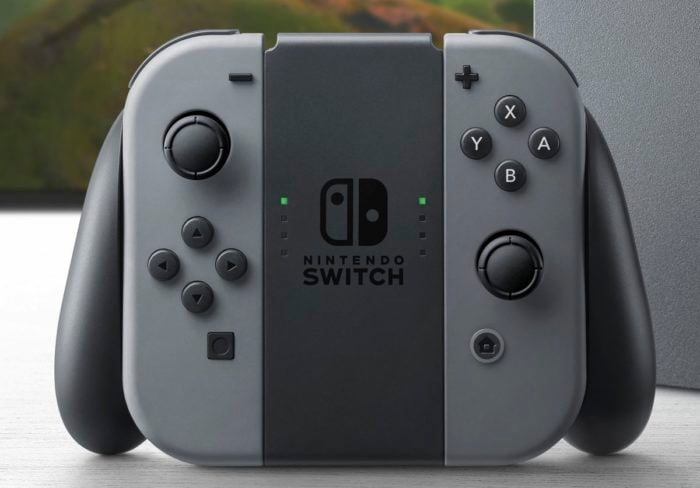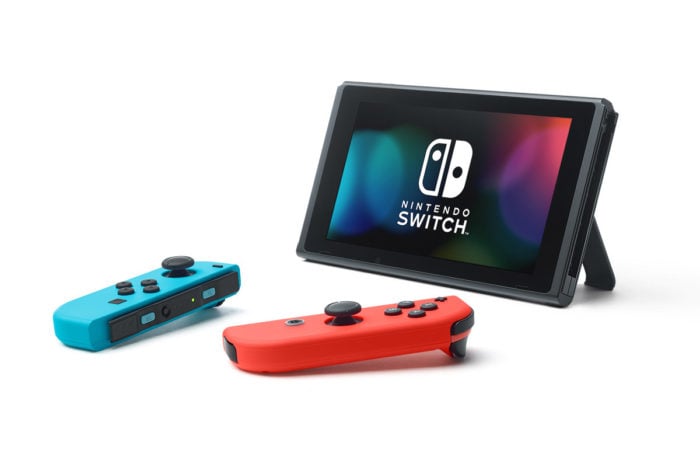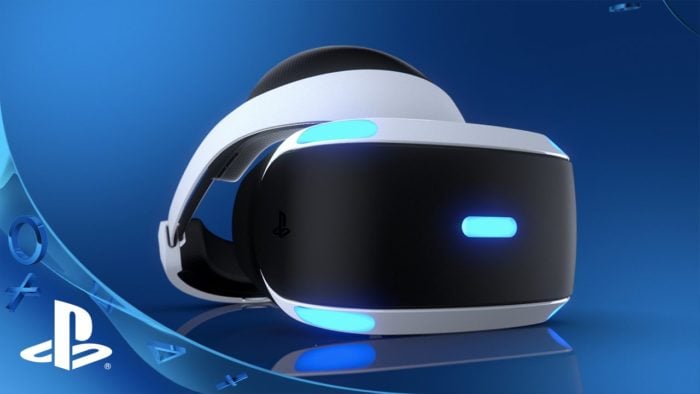Virtual Reality: More Than Video Games
2017 is going to be an exciting year for gaming innovation. Two new consoles will hit the market: Nintendo Switch and Project Scorpio a.k.a. the new Xbox. Meanwhile, we will witness the rise or fall of virtual reality, as well as the potential spread of 4K TVs. All of them are interesting products that can become the new hit or the last failure. Which gaming technology will reign supreme in 2017?
Companies like Sony, Google or Samsung have all entered the market with new VR headsets. These platforms did not debut as good as was expected, but it isn’t completely unexpected for new technology to see a slow introduction; consumers need to adopt them. Virtual reality seems to be following this trend on a global scale, with roughly 12 million units sold.
Regarding video games, it is essential that devices like PlayStation VR, Oculus Rift or HTC Vive get those masterpieces that define their generation, the killer app for virtual reality. However, this has not been the case, as we don’t see much exceptional software on the horizon.
And what about the games that are already available? While some of them are good, like the recently released Resident Evil 7, none has squeezed the true potential of virtual reality. Many of the current VR titles feel like demos–small experiences best used as trials–while others can make a significant group of users feel dizzy and sick. The technology needs more refinement and games that can justify buying a VR headset, which is still considerably expensive for the average consumer.
Finally, it is also key for the future of VR to introduce social experiences, because its fate ultimately lies beyond the video game industry. Virtual reality needs to be adopted by the mainstream user for non game-related purposes to really take off, just like PlayStation 2 was sold as a cheap DVD player. VR is still in its infancy, and will have to improve both its software and hardware to become a great and successful gaming staple.
This post was originally authored by Pablo Seara.
4K Gaming: Too Early for Most of us
 The PlayStation 4 Pro was created with 4K resolution in mind, just like the future Project Scorpio, but the difference in power between the two consoles promises to be significant. However, improvements will be less relevant if most consumers do not own 4K TVs, which is the case right now. This could change in 2017… but most likely not by much.
The PlayStation 4 Pro was created with 4K resolution in mind, just like the future Project Scorpio, but the difference in power between the two consoles promises to be significant. However, improvements will be less relevant if most consumers do not own 4K TVs, which is the case right now. This could change in 2017… but most likely not by much.
2016 was the year 4K TVs were introduced to the masses, and they came with exceptionally high price tags. The entry cost for 4K will get better as the year goes on, as manufacturers adjust their output and 4K content like Blu-rays, Netflix, or YouTube videos become be more common. Just as with VR, the sales will mostly depend on the potential mainstream adoption. The difference, however, is that whatever happens this year, 4K will be the standard in the future. Commercial technology will keep treading towards higher quality.
Another vital factor is how well the PS4 Pro and Project Scorpio sell their impact on the market. The Pro is already available, but it has not yet been able to offer real native 4K resolution. Sony also does not want to share their PS4 Pro-specific sales numbers, which is not reassuring. We’ve still yet to see enough developers creating content that takes advantage of the stronger hardware, which is not attractive for costumers, either.
All of this leaves us with Project Scorpio. Little is known about the console, but Microsoft promises that it will offer native 4K resolution and VR compatibility. If that is true, the developers will have to commit with this new standard to make 4K quality gaming come to fruition. Again, like virtual reality, the software will determine the final success of the machine, but this time, it will also be affected by the sales of 4K Tvs. We will have to wait for more details and the holiday season to see the true potential of Project Scorpio.
Nintendo Switch: Wii 2.0 or Vita 2.0?

The final gaming technology in the running this year is the Nintendo Switch. Whether it fails or succeeds, this console is going to be a hot topic throughout 2017. Nintendo’s hybrid proposal is marketed as the real successor to the Wii, which sold more than 100 million units. However, it is also reminiscent of PlayStation Vita’s original concept, a portable with a limp lineup. The key to Nintendo’s victory, once again, will depend on the general public.
Why did Wii have such a major reception? It proposed a new, revolutionary concept that convinced non-gamers to buy the console and genuinely enjoy its novelty. Nintendo Switch also offers not only one, but two innovative ways of playing: HD Rumble, which takes motion controls to the next level, and Tablet Mode, which will allow you to play console-quality games anywhere you want. These concepts can repeat the triumph of Wii, and the recent numbers support this idea.
Of course, we are not at the same moment in history, and there is no guarantee that people will get so invested in Nintendo Switch. There are some negative aspects that can potentially harm its debut, like the small launch line-up, the online pay service, or the lack of third party support. If Nintendo Switch does not start strong this March, it is really possible that the console won’t be able to gain momentum. It is not creating a new kind of market like virtual reality, nor is it taking a familiar step forward in power, like the PlayStation 4 Pro and Project Scorpio.
However, Nintendo will release some major exclusive games this year that promise to deliver: The Legend of Zelda: Breath of the Wild, Super Mario Odissey, Xenoblade 2, Splatoon 2… It is the exact opposite of Wii U’s first moments, which were severely lacking. Software quality is assured for a good chunk of 2017.
And the King will Be… Nintendo Switch

This year there are a lot of innovative, new gaming features, but Nintendo Switch is the one with the most potential. The risk is high, but if it receives enough support, it will reign over 4K gaming and VR. Despite some marketing missteps, Nintendo is managing to introduce new players to their IPs thanks to their mobile titles, which have improved the sales of related games, as we saw with Pokémon Sun & Moon. If the company guide smartphone players to Nintendo Switch, the install base could greatly benefit. If this happens, the console is more likely to receive third party support, and Nintendo can ensure a healthy life for the platform for some time.
Regarding the launch line-up, the rest of the year is set to receive some highly anticipated games, which will culminate in the winter holiday season with Super Mario Odyssey and presumably Xenoblade 2. This will be the most important period of the year for Nintendo Switch, and it could exceed all expectations.

